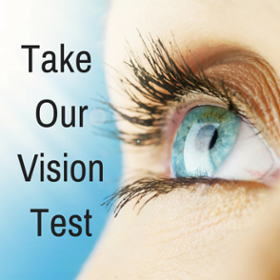NeuroEyeCoach is targeted at patients who have suffered a visual disorder as a result of neurological brain damage such as that caused by a stroke or a brain injury.
Eye movement problems are often compounded with those of visual field loss and as a result patients can find it harder to make the best use of their remaining sight. Some patients, given time, may be able to develop effective eye movements. For the majority of patients, effective interventions will be needed to allow them to overcome their disability. NeuroEyeCoach has been developed to address this need.
Visual field and eye movement deficits mostly lead to patients experiencing difficulties in finding objects and/or bumping into them. If you are experiencing such issues you should contact your physician or NovaVision directly to see if NeuroEyeCoach could be of benefit to you.
For more information, please see the section on Patient Requirements.
How people with healthy vision perceive their environment
People with normal vision can capture a significant part of their environment with one glance, because their visual field covers a range of 80-90 degrees of the visual angle left and right, and approximately 50-60 degrees up and down in their line of sight. They can also see fine details of objects where they look at directly, and their vision is less precise when they are further away from the place or object they are looking at.
Therefore, for us to be aware of our immediate environment we need a full visual field, and to see the intricate details of the environment we need to move our eyes continuously. We do this by exploring our surrounding at consecutive locations up to three times a second, moving our eyes rapidly (also called saccades) between locations. The distance between two locations covered by a saccade is called saccade amplitude.
Patients with visual field deficits due to neurological brain damage
Patients who have suffered neurological brain damage that has resulted in a visual field deficit have additional difficulties with eye movements. They appear to have smaller saccade amplitudes, exploring more of the sighted regions rather than the blind areas, have a larger number of fixations and a lower ability to integrate information between the left and right hand side of their vision. Therefore, they have difficulties in becoming aware of the events at the side of their visual field loss and in grasping a scene as a whole.

